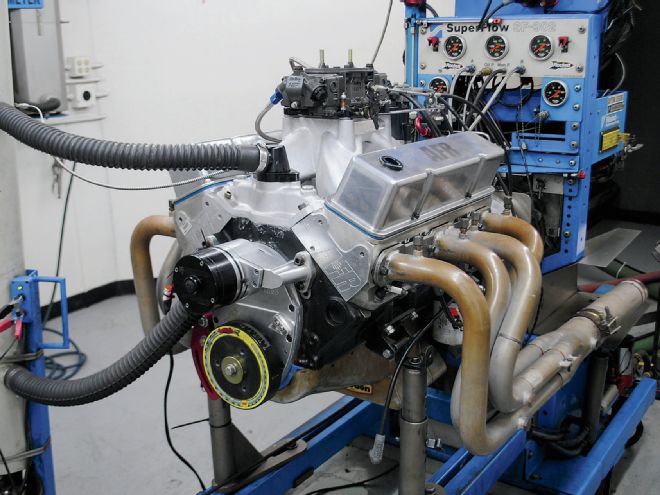
According to Wiki, Moment of Inertia is the mass property of a rigid body that defines the torque needed for a desired change in angular velocity about an axis of rotation. For us normal folk, it is the power required to spin an object. Obviously the weight and size of the object will dictate just how much power is required to start that rotation. Think about the power required to get up off the couch and run around the block. The bigger the person and the longer the block, the more power that will be required.
The best example we have of the concept of moment of inertia on an engine is the flywheel. A force is applied to the piston via the expansion of the air/fuel mixture. This force is applied to the crank, which is attached to the flywheel, trans, and ultimately the tires. The weight and diameter of the flywheel resist the force applied to initiate rotation. The greater the weight and diameter, the greater the resistance (imagine the power required to rotate a flywheel that is 100 feet in diameter). The same holds true of the reciprocating weight of the internal components (crank, rods, and pistons), as well as the driveshaft, axles, and wheel/tire package if the vehicle is on a chasis dyno.
What we wanted to find out was just how this scientific theory played out in the real world. In short, did the moment of inertia have a negative effect on power production for your average small-block Chevy? To test the theory, we needed a way to change the reciprocating weight of the test engine. It is possible to change the reciprocating weight with a lighter crank, titanium rods, and/or lightweight pistons, but swapping the components would be difficult and time consuming, even on an engine dyno. What we needed was a quick and easy way to demonstrate the effect of a change in reciprocating weight and the boys at Westech Performance had just what we needed.
When testing engines on the engine dyno, it is necessary to first install a flywheel and drive plate. The drive plate is basically a solid clutch disc with a splined hub bolted to the flywheel. The splined drive plate is used to connect the engine to the input shaft of the dyno. The power produced by the engine is then transferred through the input shaft and measured by the dyno.
As luck would have it, Westech had a pair of different flywheels and drive plates designed for the small-block Chevy. The first pair included a conventional (heavy) steel flywheel and matching steel drive plate. The second pair included an aluminum flywheel and matching aluminum drive plate. The steel drive plate is employed on high-horsepower applications that may tax the strength of the aluminum version. Either pair was more than adequate for our small-block test engine, making the inertia test as simple as a flywheel/drive plate swap.
Making things even easier was the fact that the test engine was already assembled. The 383 stroker featured a rotating assembly from Speedmaster and JE combined with a hydraulic roller cam from Crane Cams. Topping things off was a set of AFR 195 Eliminator heads, an Edelbrock Super Victor 2 and 950 Ultra HP Holley carb. Additional features included an MSD distributor, Crane roller rockers, and 1 3/4-inch headers. The combination would rev past 6,500 rpm and make peak power high enough to sufficiently test the change in rotating weight.
First up were the heavyweights, the steel flywheel and drive plate. The steel flywheel tipped the shipping scale at a hefty 31 pounds. The ARP hardware used to secure the flywheel remained the same for both tests. The steel drive plate was not much lighter, weighing in at 24. The combo was secured to the test engine and then run in anger after careful measurements of air, oil, and water temps to ensure accuracy. Equipped with the steel combo, the small-block produced 535 hp at 6,400 rpm and 467 lb-ft of torque at 5,200 rpm. The engine was perfectly repeatable, making any change in power immediately noticeable.
We then unbolted the engine from the bellhousing and swapped over to the lighter components. The aluminum flywheel and drive plate measured a relatively svelte 15 and 14 pounds, respectively. The combo knocked a total of 26 pounds off the reciprocating weight. Run on the dyno, the weight reduction resulted in measurable power gain, as the power output of the 383 jumped to 542 hp at 6,500 rpm and 476 lb-ft at 5,400 rpm. Check out the results in the supplied graph, but if you were thinking about adding lightness, we have only one question—why weight?
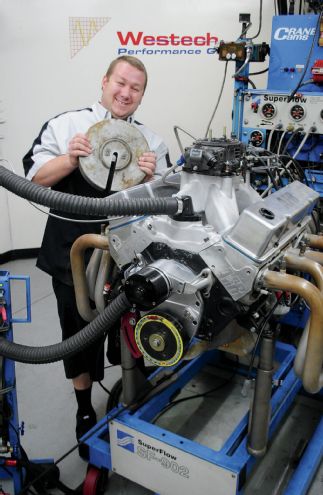
01. When it comes to reciprocating weight, remember this simple rule—less is more.
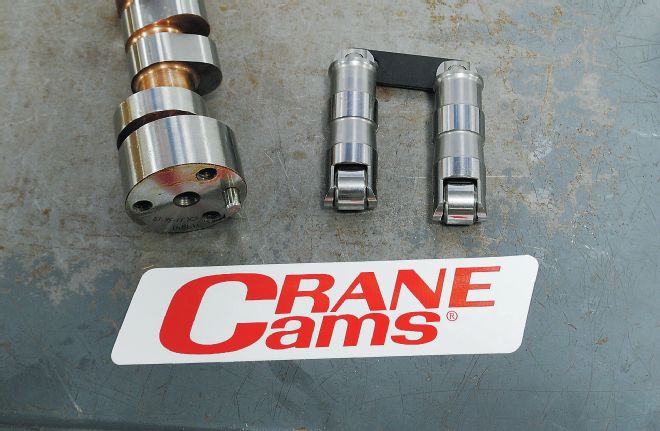
02. Our 383 test engine featured a Crane hydraulic roller cam and retrofit lifters. The Crane cam offered 0.558-inch lift, a 242/250-degree duration split, and a 114 LSA.
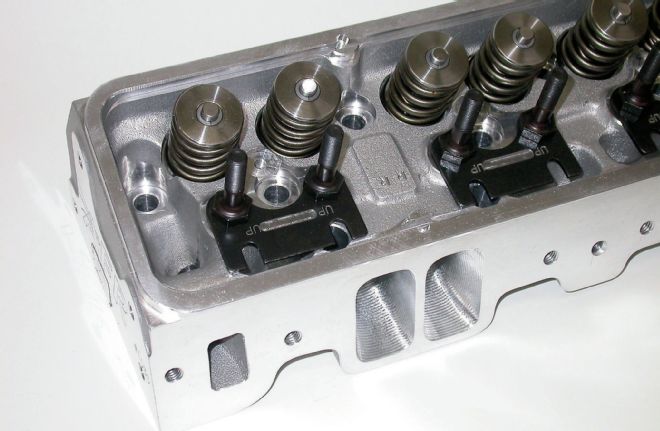
03. AFR supplied a set of CNC-ported 195cc Eliminator heads. The 280-cfm intake ports offered plenty of flow for our test engine.
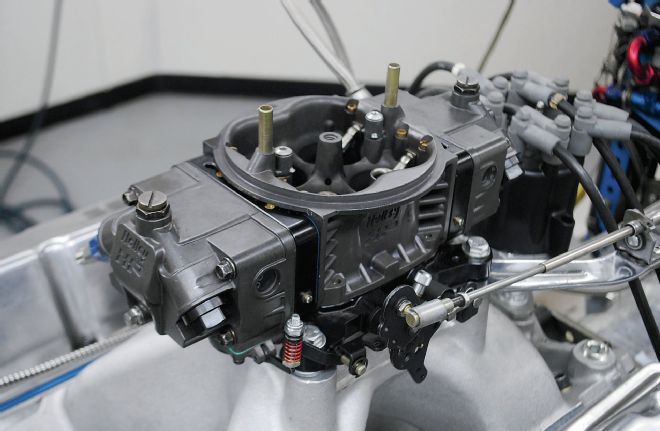
04. The induction system consisted of a Holley 950 Ultra HP carb feeding an Edelbrock Super Victor 2 intake.
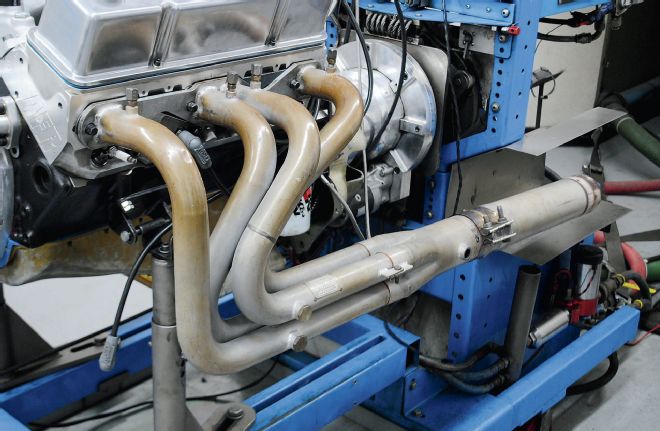
05. Spent gases exited the small-block through a set of 1 3/4-inch dyno headers feeding 18-inch collector extensions.
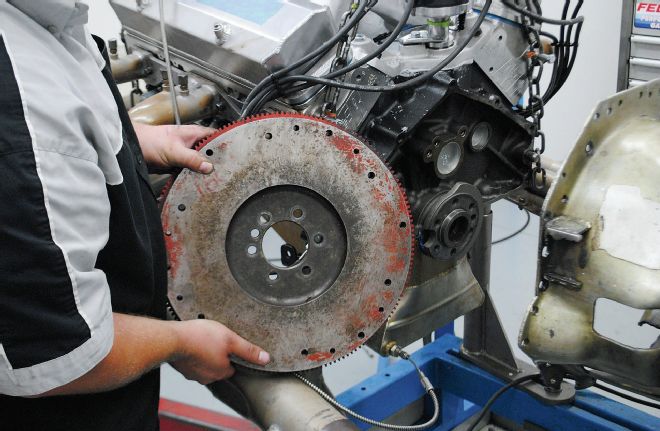
06. The heavy iron flywheel checked in at a hefty 31 pounds. Not only does this add to the total vehicle weight (which hurts acceleration, braking, and handling), it also robs the engine of power (used to accelerate the extra mass).
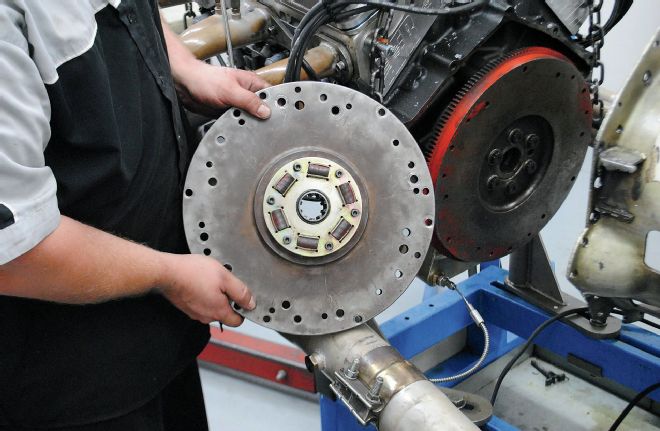
07. For use on the dyno, the iron flywheel was teamed with an equally heavy (24-lb) iron drive plate. Like a clutch disc, the drive plate was attached to the flywheel to transmit the power developed by the engine to the input shaft of the dyno.
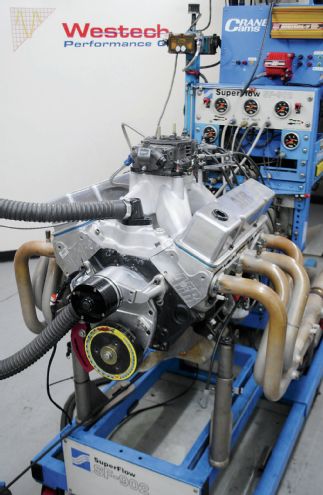
08. Run on the dyno with the heavy flywheel and drive plate, the 383 produced 535 hp at 6,400 rpm and 467 lb-ft at 5,200 rpm.
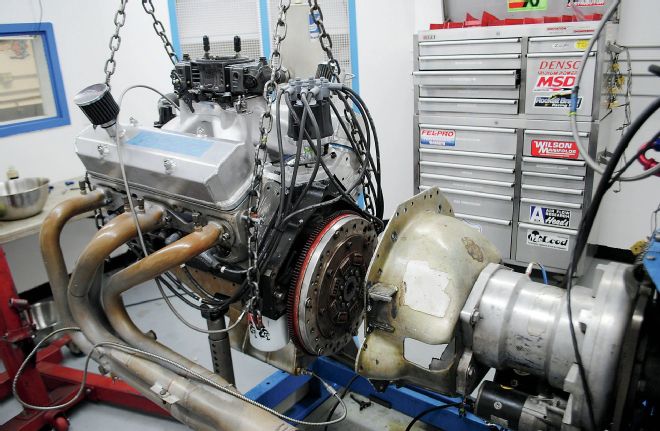
09. Swapping the drive plate and flywheel was simple on the dyno. All we had to do was unbolt the engine from the bellhousing and slide it forward.
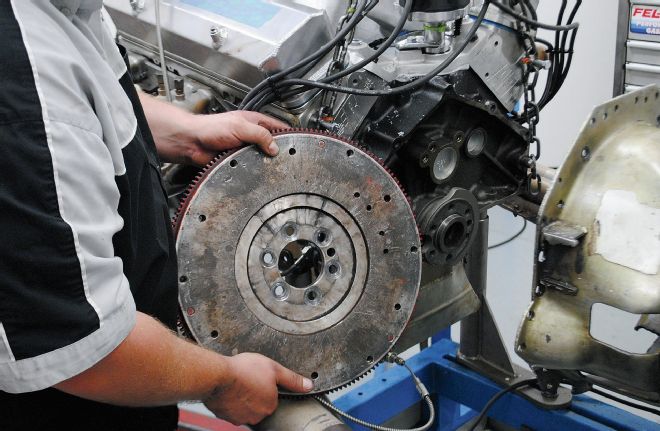
10. We replaced the heavy iron components with their aluminum counterparts. First up was an aluminum flywheel that dropped rotating weight by 16 lb (from 31 to 15).
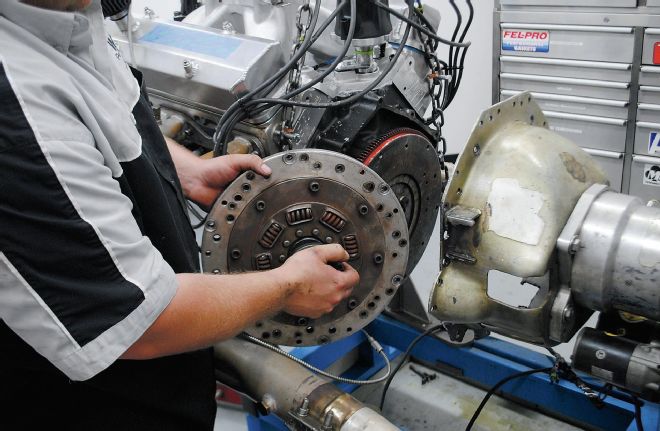
11. The aluminum drive plate knocked another 10 pounds off, bring the total weight savings to 26 pounds.
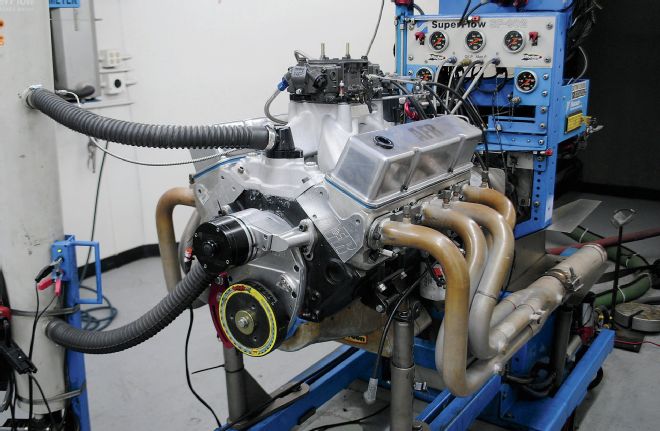
12. On the dyno, the drop in rotational weight was definitely worth power, as the peak power numbers jumped to 542 hp at 6,500 rpm and 476 lb-ft at 5,400 rpm.
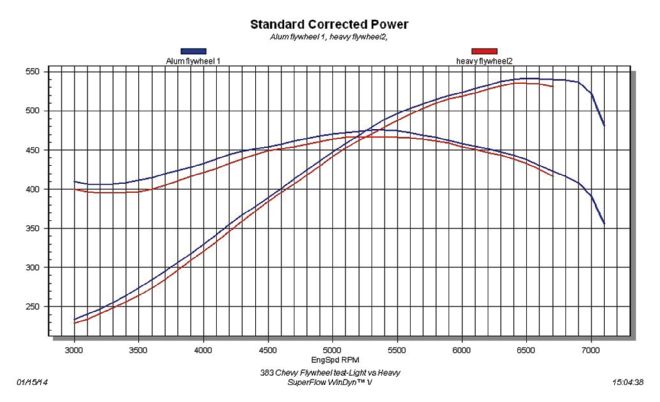
13. The interesting thing about this test was that we expected the power gains to increase with engine speed, but the gains were present from 3,000 rpm all the way past 6,500 rpm. Racers have always gone to great lengths to reduce the weight of their vehicles, but there is even more performance to be had from trimming some fat off the rotating assembly.